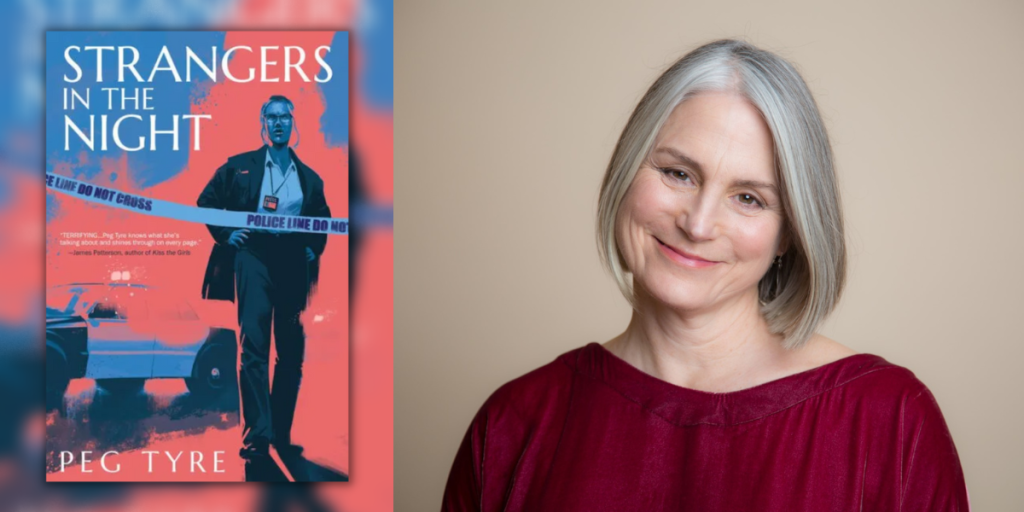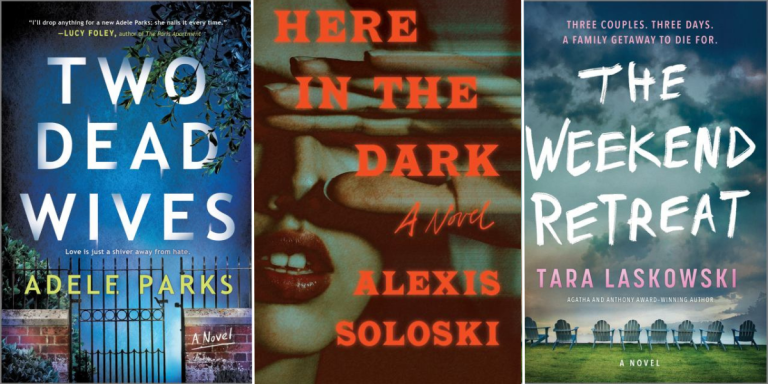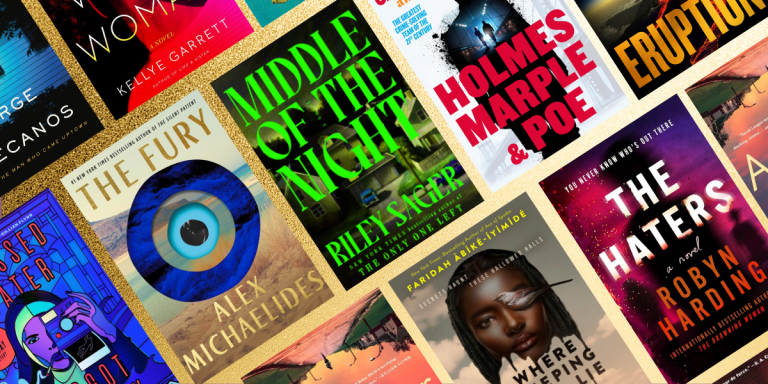A Journey Back in Time: Revisiting a Murder Mystery

Knowing what you know now, would you go back in time and be 29 again? And what words would you have for the more youthful version of yourself? It’s a typical parlor game question, but also what I’m living through right now.
About eighteen months ago, Jeremy Wagner, the founder of the indie imprint Dead Sky Publishing, asked my agent if he could reprint two novels I wrote in the 1990s that had fallen out of print. It was immensely flattering, of course and exciting to think about connecting with new readers. But also very strange to reread a novel I started working on thirty-four years ago and drafted and redrafted for five long years, nights and weekends, before I had a version that I liked well enough to show anyone. It’s created a chance for my older self to be introduced to a younger version of myself, both as a woman and as an author who wrote two books with a female character just like her. And here’s my take away.
In spite of all the time that has passed, and the different lives I’ve lived, I recognize the author. And I appreciate her. She has a crazed, energetic, cri de coeur delivery. And her plots are packed with romance, humor and violence, which I enjoy. Strangers in the Night was written during the crack epidemic and I was a crime reporter for a New York City daily. And it brings me right back to a time when every day was full of heartbreak, violence and, odd as it may sound, camaraderie and humor.
But going back in time, I also realized with a jolt that some things are gone forever. For example, Strangers in the Night, and the sequel that followed In the Midnight Hour have inadvertently become a bit of a time capsule for what it felt like to be a field reporter during what were the last great days of the newspapering. And the start of a rapid decline in the news business. I couldn’t see it, of course, but the internet and social media was about to swallow the news industry whole, and shift the economic model. At the time, we were “writing the first draft of history” as the cliche goes, supported by classified advertisements, real estate notices, bank, auto industry and liquor advertisements. Now, the business model of the news industry relies on manufacturing outrage for clicks. I’m not sure if I’d known the industry was about to crater that I would have done anything else. In some ways, I feel like that job chose me. And I’m pretty sure I could not have written novels like these if I was working in another, less rough and tumble industry. I loved newspaper reporting, but as a writer, the format could be confining. As a female journalist, it was brutal. I found myself in an overwhelmingly male environment that was overtly and unapologetically hostile to women. As I have done my entire life, I looked for a fictional narrative to help me make sense of this wild and wildly uncomfortable new world. But the single female heroines in the popular novels I picked up seemed too passive and too sheltered. The soundtrack of my day to day life was a pounding heavy metal anthem and all I could find in the fiction section was like easy listening jazz. I wrote these books because I needed my life to make sense. I wanted to explore an unmarried female character who was professionally ambitious and hard working and also personally vulnerable, who was plagued by self-doubt and who sometimes made the wrong decisions in her romantic life. And all the tensions and anxiety that comes with that. Above all, I wanted to show a complex female character, with agency. I hoped the story would connect with other women in the same spot. And I was thrilled when it did.
In retrospect, I was also, as the therapists say, “processing” the intense events that I was experiencing and writing about every day. The crazy sexism and constant low-grade harassment that was a part of my daily life, and the daily life of my main character, would never fly now. And I thank God for that. In the last decade or so, too, we’ve gotten a lot more comfortable talking about the impact of trauma on our mental and physical health, and that’s a good thing, as well. Back then, I was up to my eyeballs in actual true life crime stories, perpetrators and victims, law enforcement and the people who loved them and the people who hated them, which sounds cool but sometimes was haunting. Repurposing them in the service of a rollicking plot helped me reframe some ugly and disturbing things I experienced. It made my day to day more tolerable, although of course, ultimately, there was a price to pay.
Meeting the younger version of myself as a writer, I’ve learned that the novels still capture the time of life when a smart, young adult female tries to carve out her place in the world. And I’m pretty confident that this complicated and contradictory state will be recognizable for some female readers even now. My older self could tell my younger self a few things about the female character she was creating, though. Not that she would listen.
First off, I wish my single ambitious female protagonist knew on some level there were going to be many many deep professional satisfactions (and jarring frustration) ahead. And that young women can have agency and also, pace themselves. All the things she wanted to happen can’t all happen at once. Life needs to unfold.
Secondly, most of my characters’ most pressing worries and concerns were aimed in the wrong direction. I’d like to tell my younger self and the main character I created back then, don’t spend so much time worrying. There is no protective effect to fretting about the future. The things that really knock you on your ass, you never see coming. And that’s the good news.
And finally, my older self could tell my younger self to create a character who had a bit more confidence. And a bit more faith. My hard won truth is that balancing professional and personal goals is always a central tension, especially for women. But a rich personal life, and ultimately, family life can be a bulwark in tough times, and a source of an unimaginable amount of personal fulfillment and joy. If we can just enjoy the ride.
About the Author
Peg Tyre, the bestselling author of THE TROUBLE WITH BOYS, has written for Newsweek, the New York Times, the Atlantic, Fast Company and Scientific American. She has won numerous awards, including a Pulitzer Prize, a Clarion Award, and a National Education Writers Association Award and was a finalist for a National Magazine Award. Tyre’s novel, STRANGERS IN THE NIGHT, was recently re-released by Dead Sky Publishing. She lives in New York City with her husband, novelist Peter Blauner, and their two sons.
By clicking 'Sign Up,' I acknowledge that I have read and agree to Hachette Book Group’s Privacy Policy and Terms of Use


